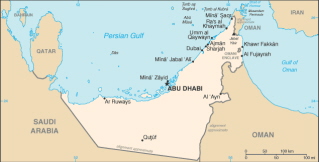I first saw mention of Mike Elgan’s story, “Coming Soon: The Mother of All Genealogy Databases” at Jasia’s Creative Gene (The Google Family Tree?), and then I saw it at the Genealogue (NothingWill Save Us From Boredom).
In the article, Mr. Elgan imagines an enormous future database that combines traditional genealogical records and DNA to link everyone together. Two individuals could then, for instance, search the database to find their closest relationship to each other. My first thought, of course, is of privacy issues and plain old bad genealogical data (of which the internet is full).


